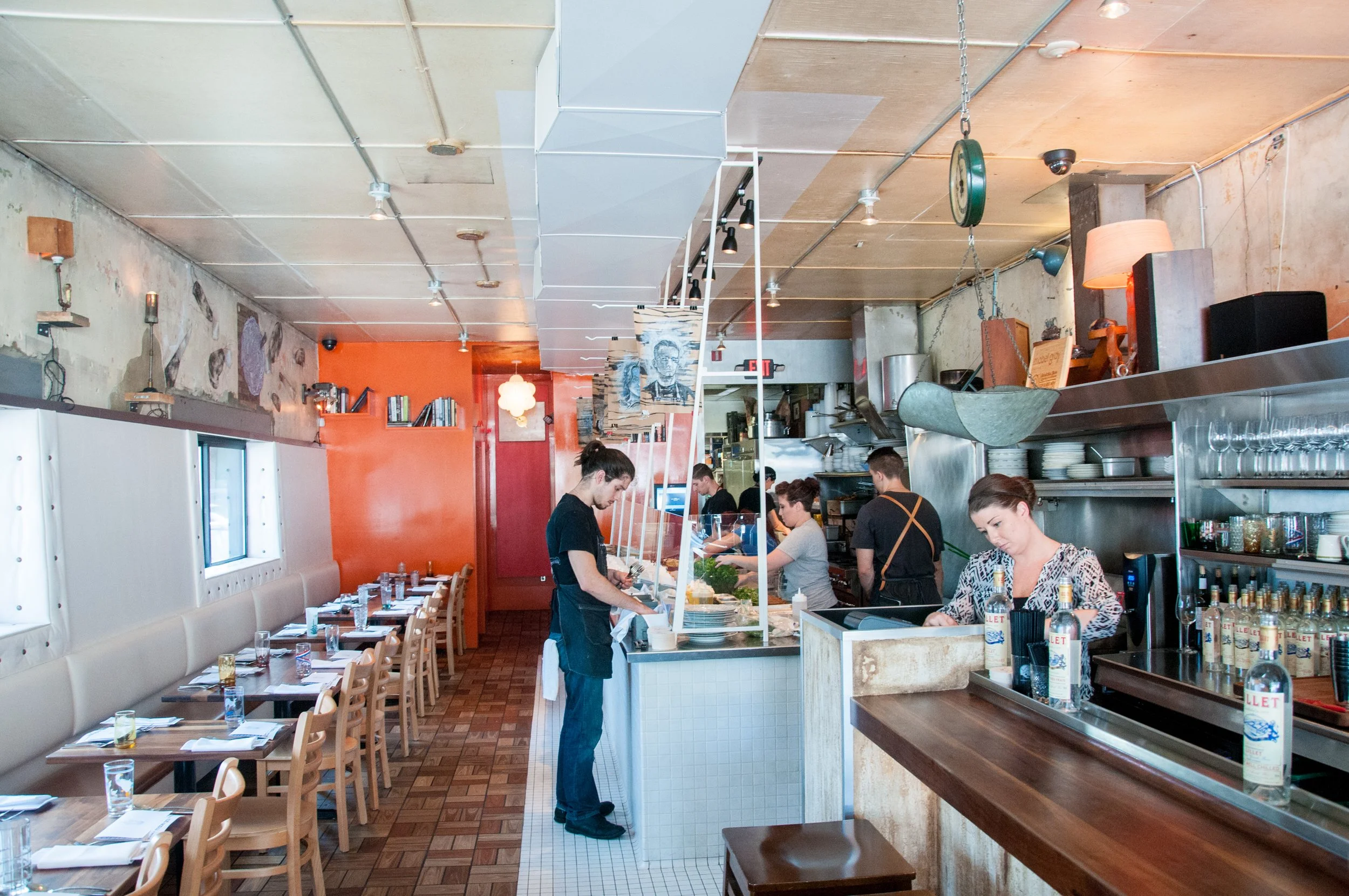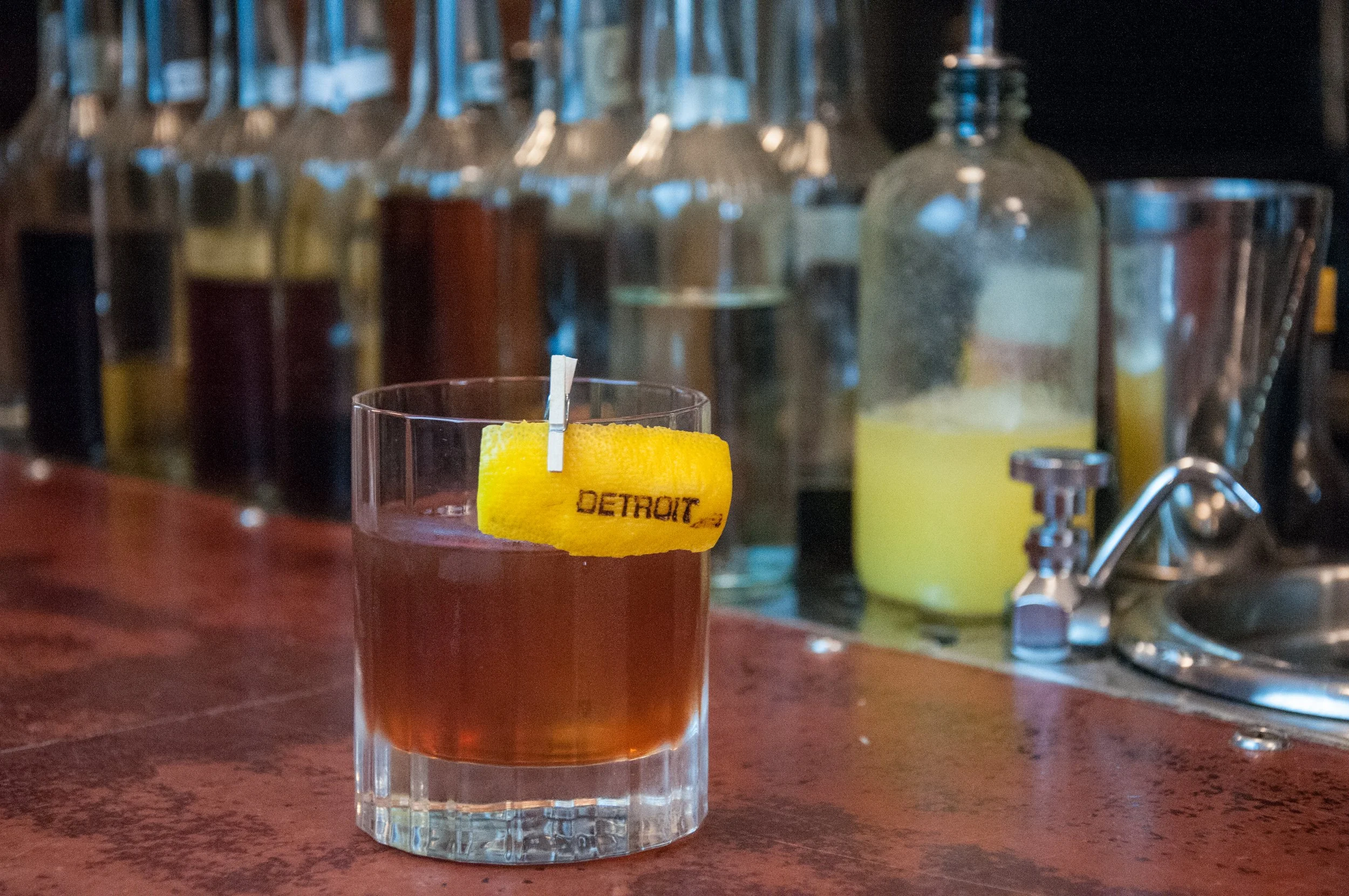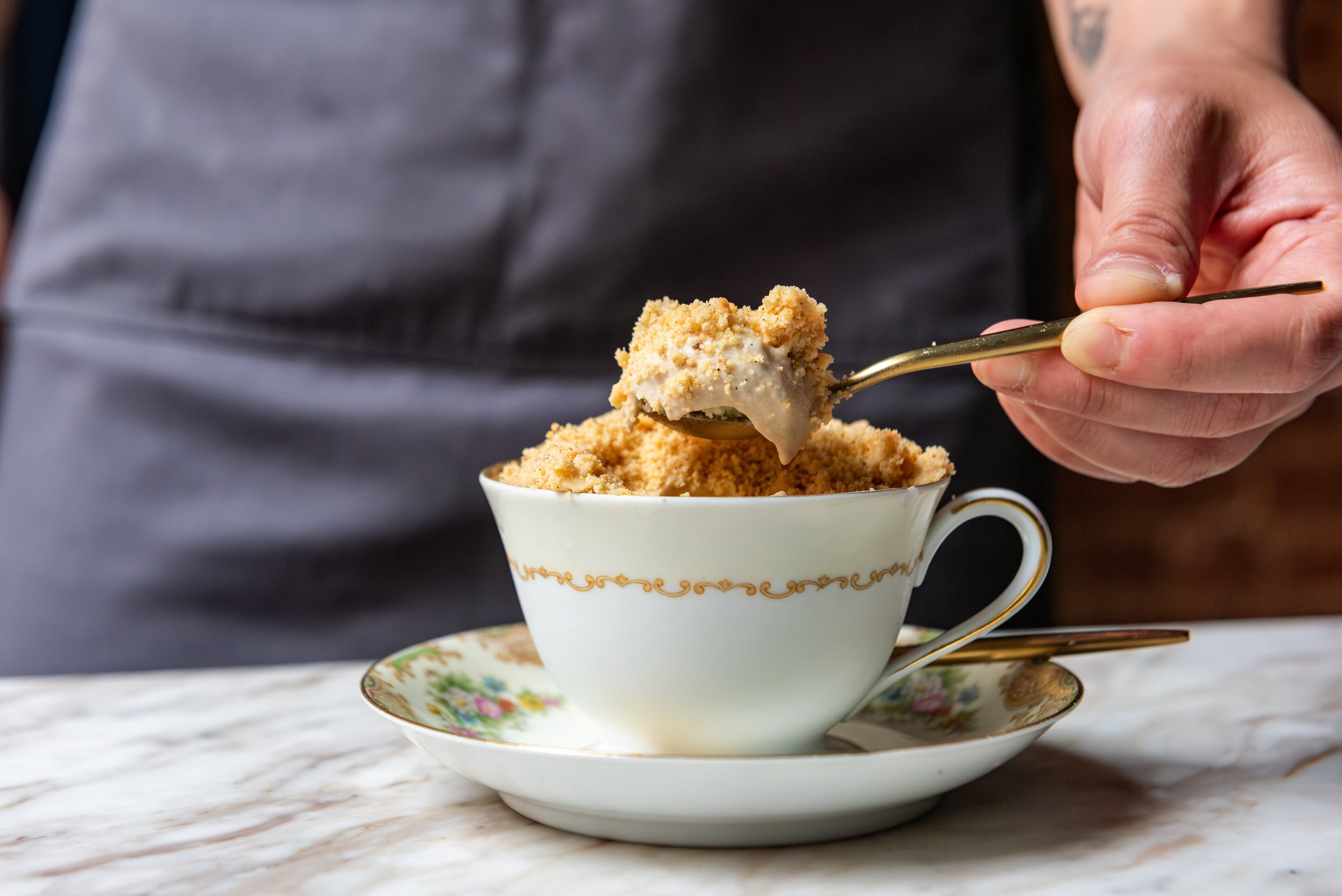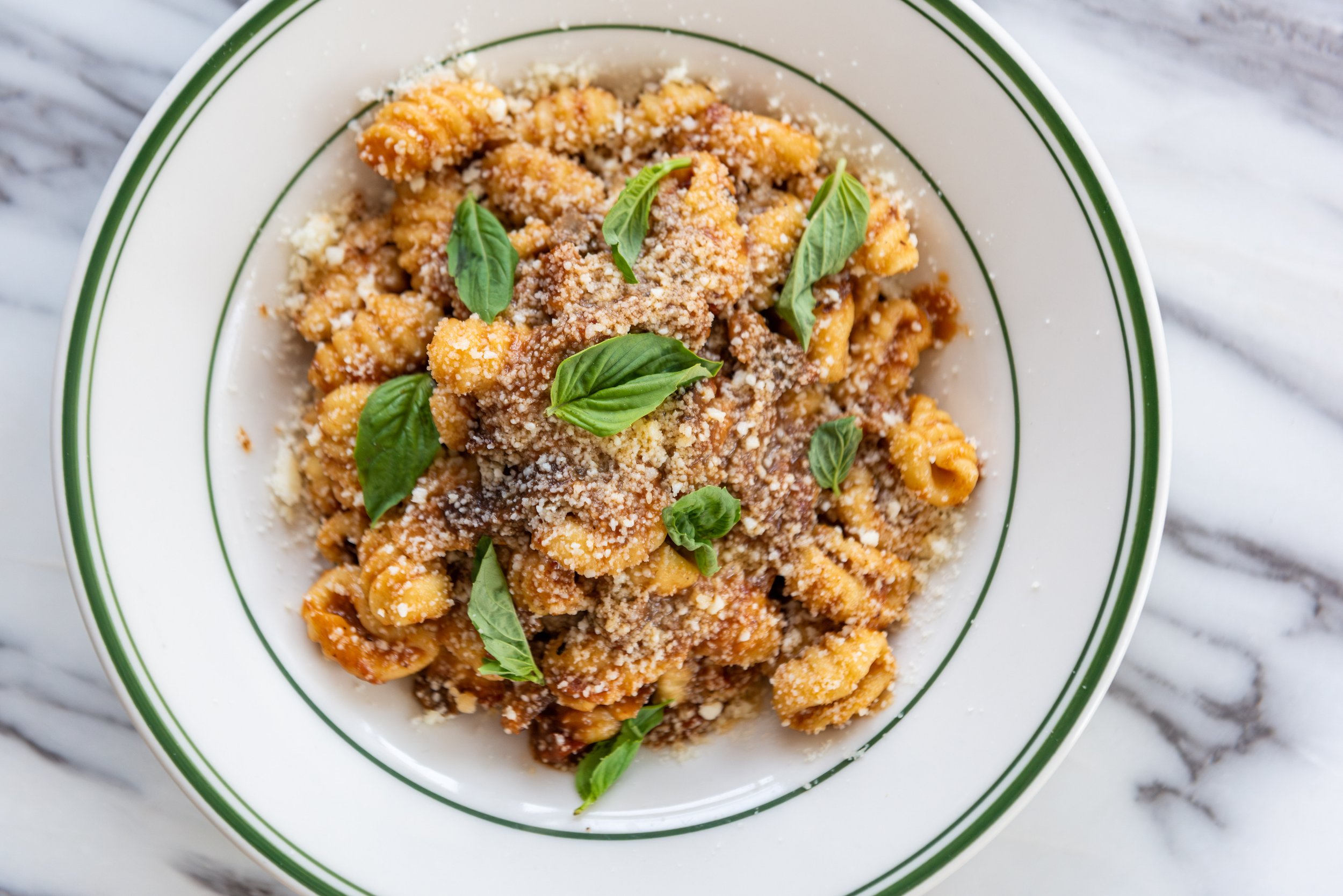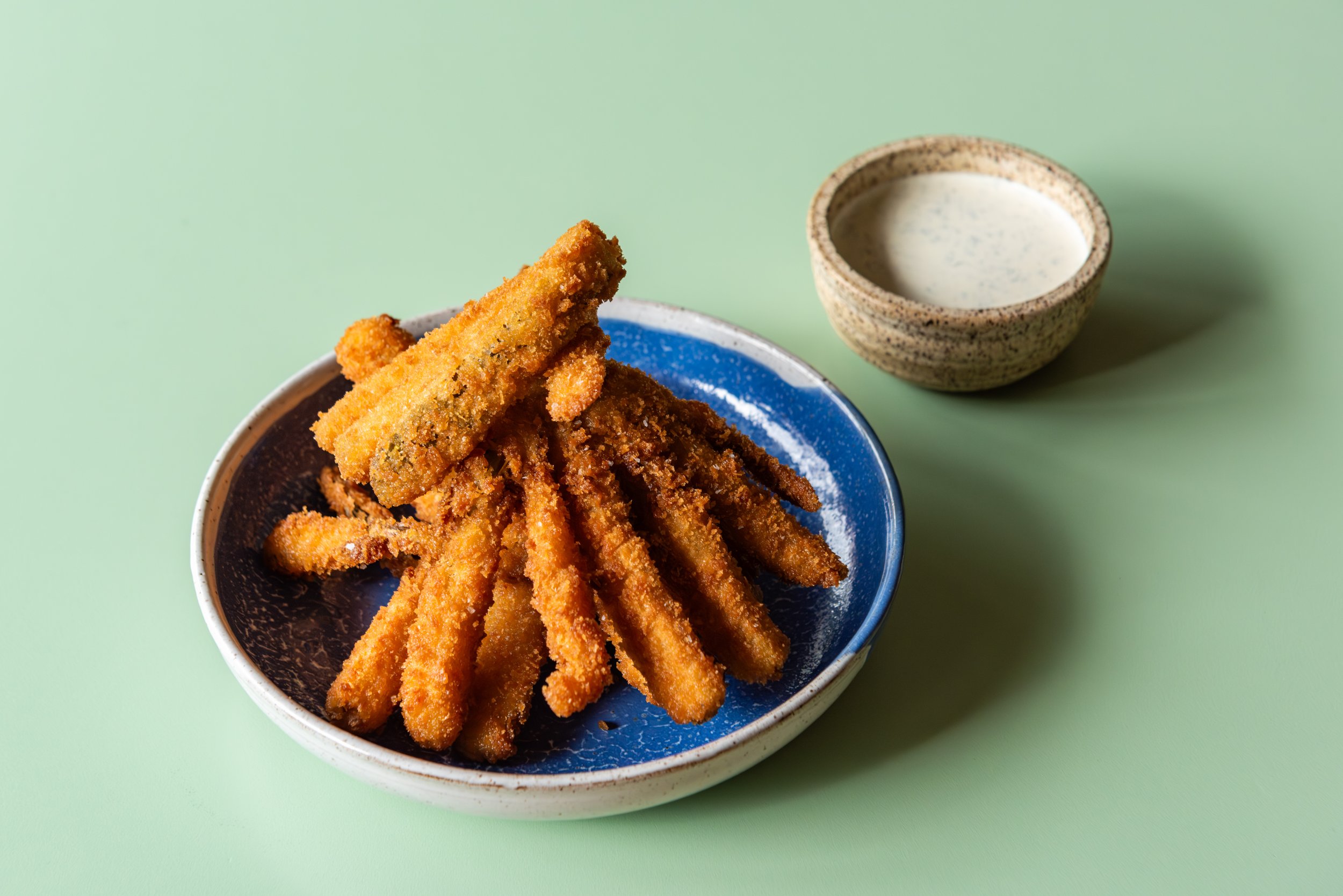2016 Rust Belt Kitchen Notebook
An in-depth look at our time on the ground in Cleveland, Detroit, and Pittsburgh.
Not Overheard in a Loud Beer Hall
Chef Jim Blevins has the enviable problem of volume—both in covers turned and decibels reached in the cavernous dining room-bar-beer-hall that is Butcher and the Brewer in downtown Cleveland. One thing that got lost in the noise, though, were the components of Blevins’ house charcuterie board. “Nobody could hear servers when they dropped the board,” says Blevins. The solution: the wait staff writes the name of each cured item on a growler tag with numbers corresponding to the board. It’s a simple, attractive fix that keeps servers from having to scream the glories of smoky loukaniko, unctuous chicken liver mousse, and funky duck heart terrine.
Menu Mystery at Porco Lounge
“Cleveland has been a beer and a shot town for a long time, and trying to get people to cross over to cocktail culture is really challenging,” says Shannon Smith, head bartender at throwback tiki haven Porco’s Lounge. To lure gin-loathing customers into a Singapore Sling or Fog Cutter, his menu conveys the spirit of sun-drenched tiki without a full rundown of ingredients. “The menu is totally designed to force conversation. I don’t encourage or allow my team to tell you what’s in a cocktail—to an extent.” Smith’s menu invites guests to fully experience Porco without any baggage. It’s a strategy bartenders everywhere can use—whether you’re trying to bring back Jagermeister in New York City, introducing absinthe in Chicago, or warming up Cleveland nights with a rum-soaked Fog Cutter.
Staking Your Claim in the Kitchen
James Rigato lets his Michigan flag fly: “During the financial collapse, the banks left, the auto industry almost went down, and the cooks … we were a band of brothers. If you stayed, you built this place. We’ll be the Republic of Michigan!” Rigato would have had the flag designed by a local Michigan artist to boot—just like he did for his cooks at Mabel Gray, each of whom has a triangular flag marking his or her kitchen station. The flags sport illustrations of the station owners’ faces drawn by artist Gregory Oberle (also our cover designer). It’s Rigato’s choice to not be the only face of his restaurant, as his band of brothers and sisters lock step into the future of Michigan cuisine.
Beverage Branding, Literally
At Sugar House, Bartender Yani Frye mixes a cocktail called The EFK (Edward “Ted” Fitzgerald Kennedy) with black tea-infused Kentucky straight bourbon, lemon simple syrup, and Angostura bitters. Frye briefly hickory-smokes the elixir before he fires up a branding gun. The brand reads “Detroit” and gets burnished into a lemon peel garnish—a gritty look for a gritty city. It’s a smoldering, Instagram-able idea that ties into the drink and the city where you can drink it. Frye says he saw people doing branded coasters and cutting boards and took the idea one step further, creating a brand you can see through the smoke.



